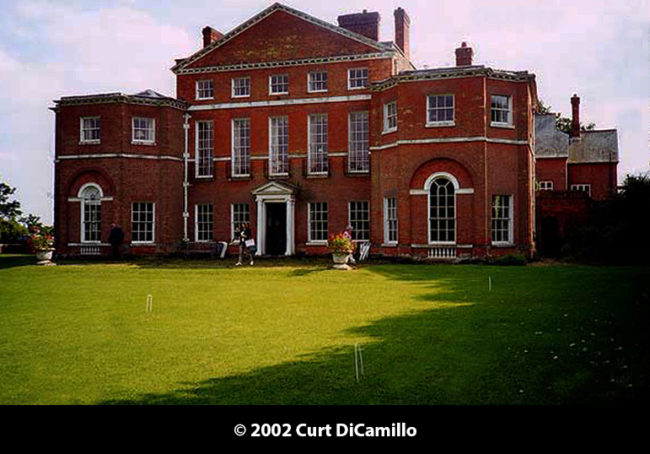
The Garden Facade
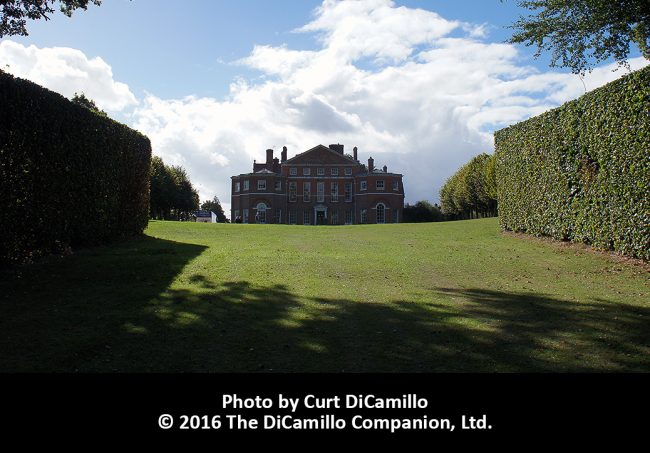
The House from the Garden
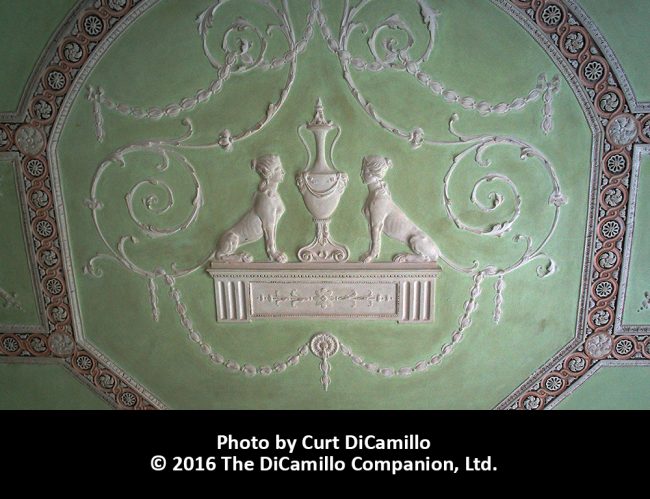
Ceiling plasterwork
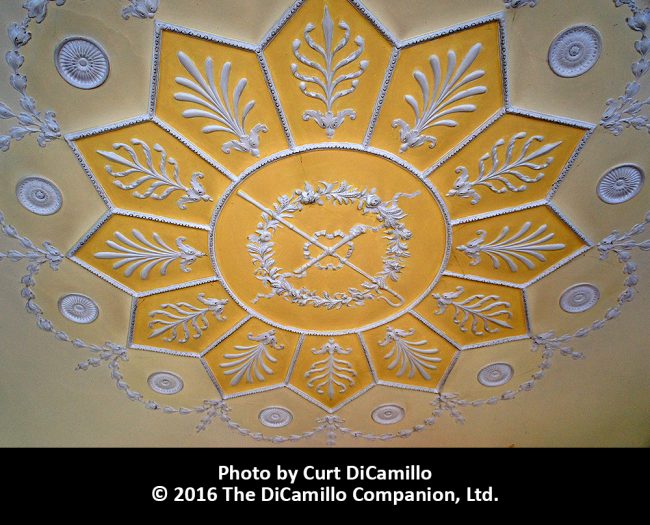
Ceiling plasterwork
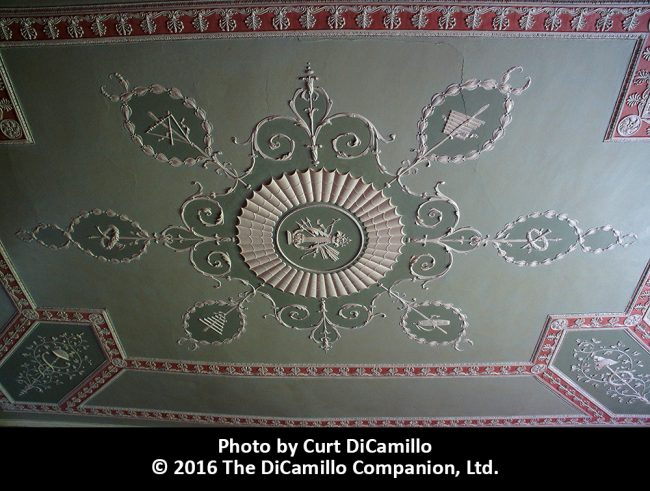
Ceiling plasterwork
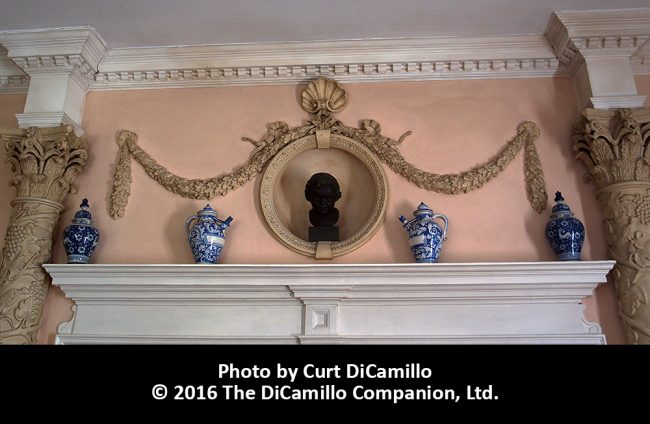
Mantelpiece in the Entrance Hall
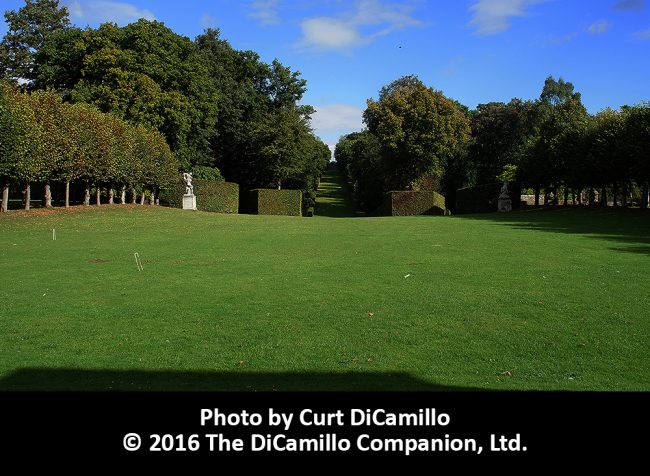
The Garden from the House
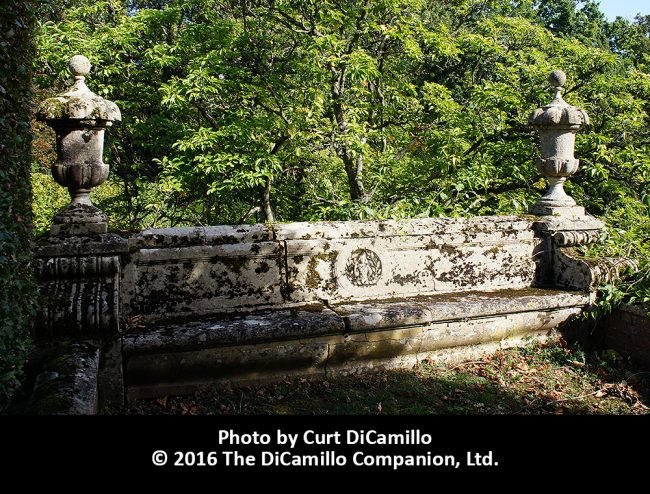
Garden bench
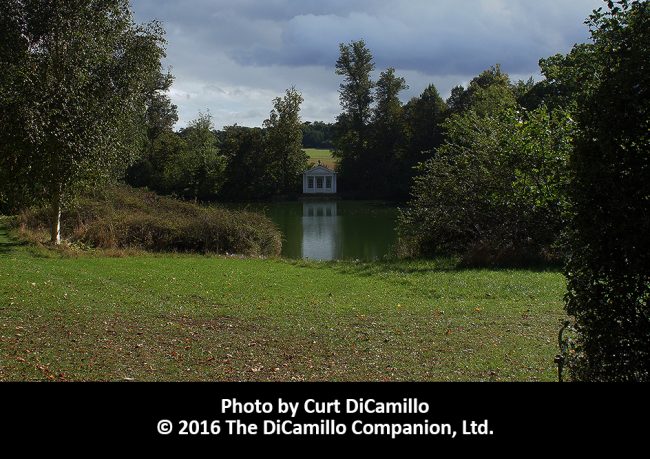
Sir William Chambers's Temple by the Lake from Danson Park
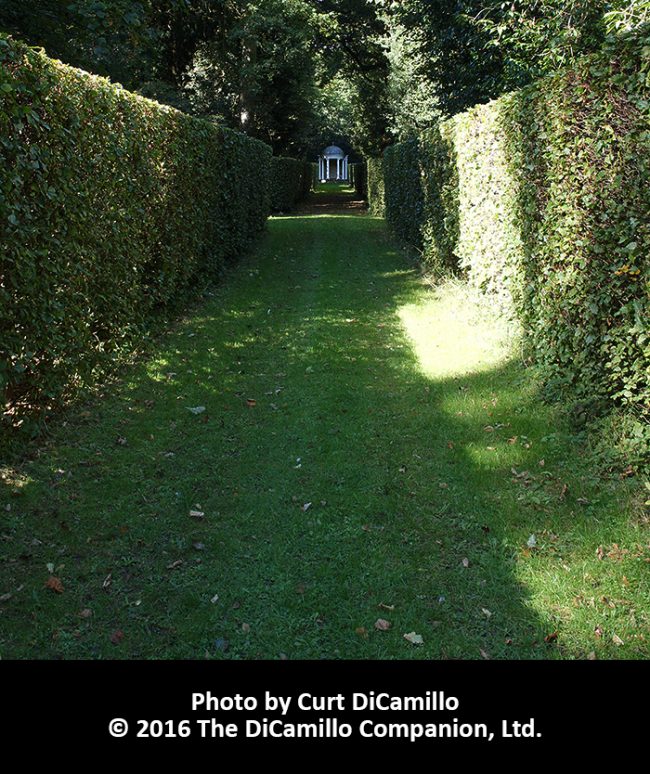
James Wyatt's temple from Copped Hall
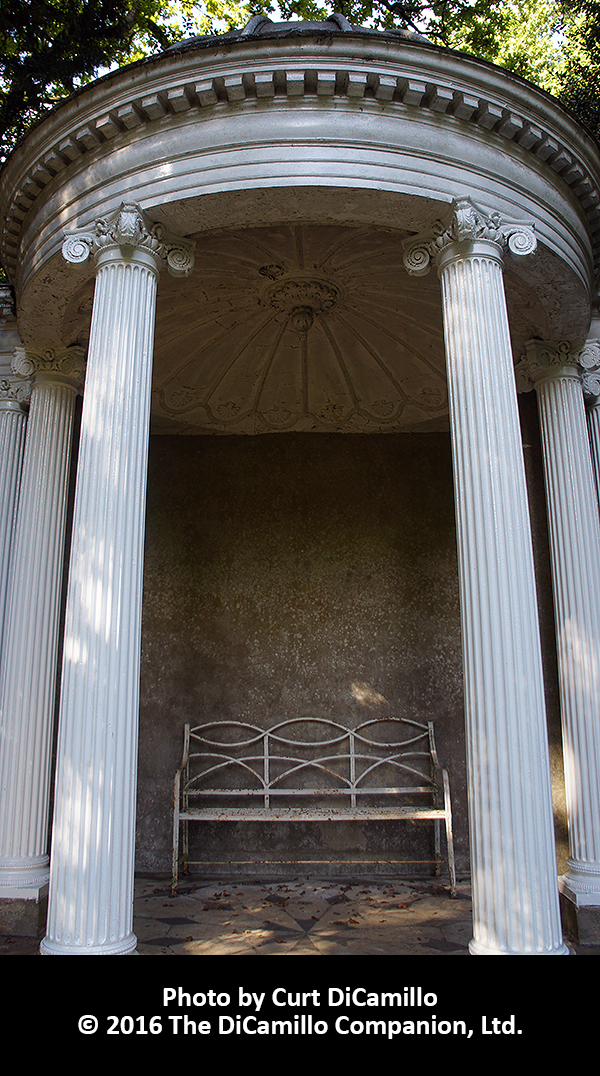
James Wyatt's temple from Copped Hall
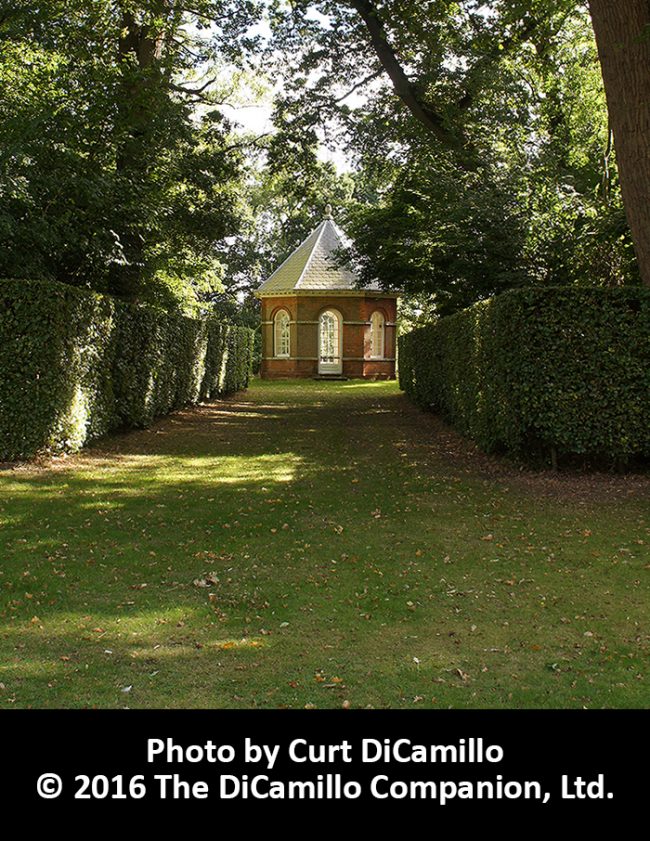
The Organ House
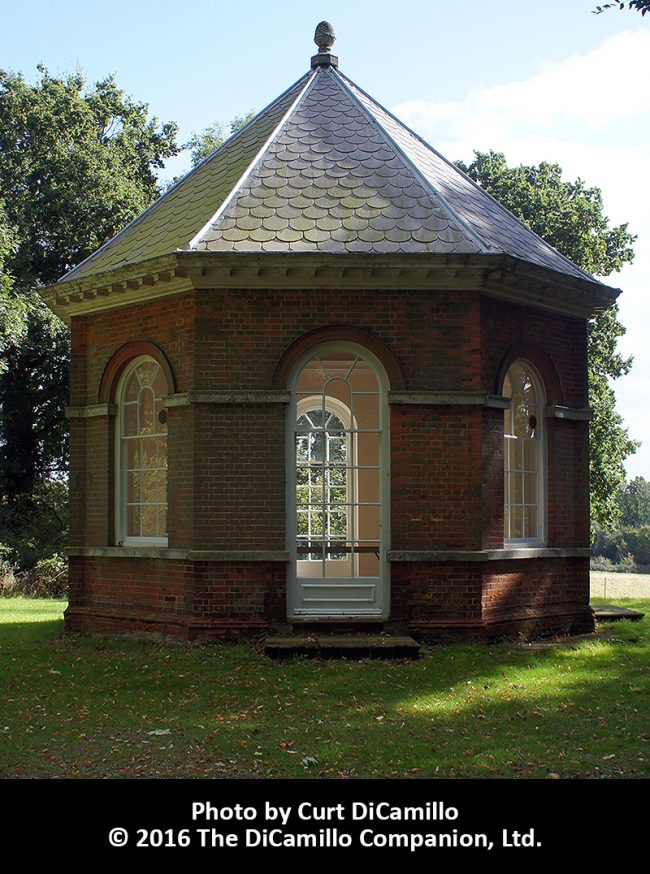
The Organ House
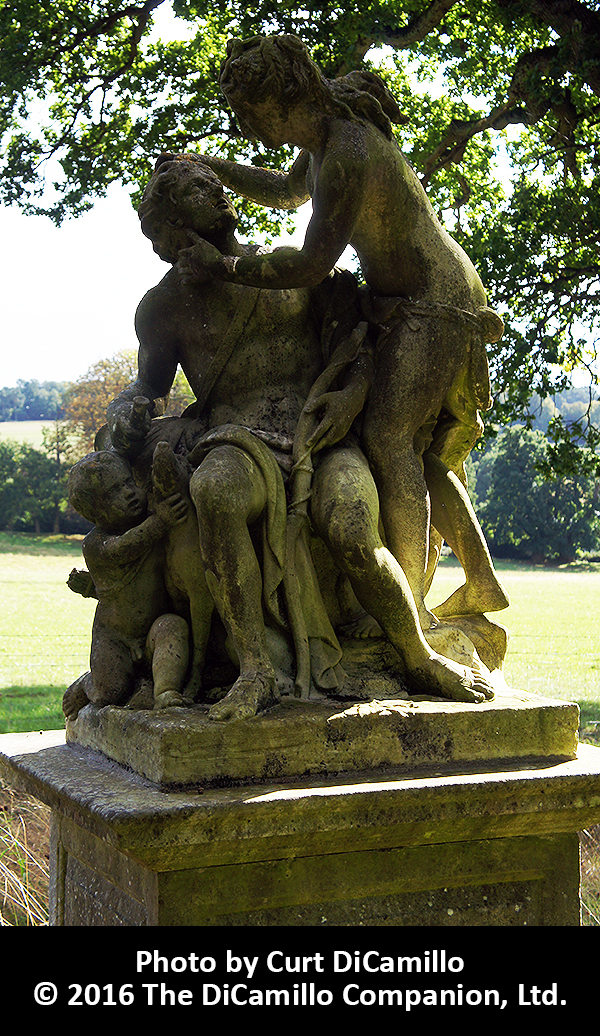
The 18th century statue of Venus and Adonis by Peter Scheemakers
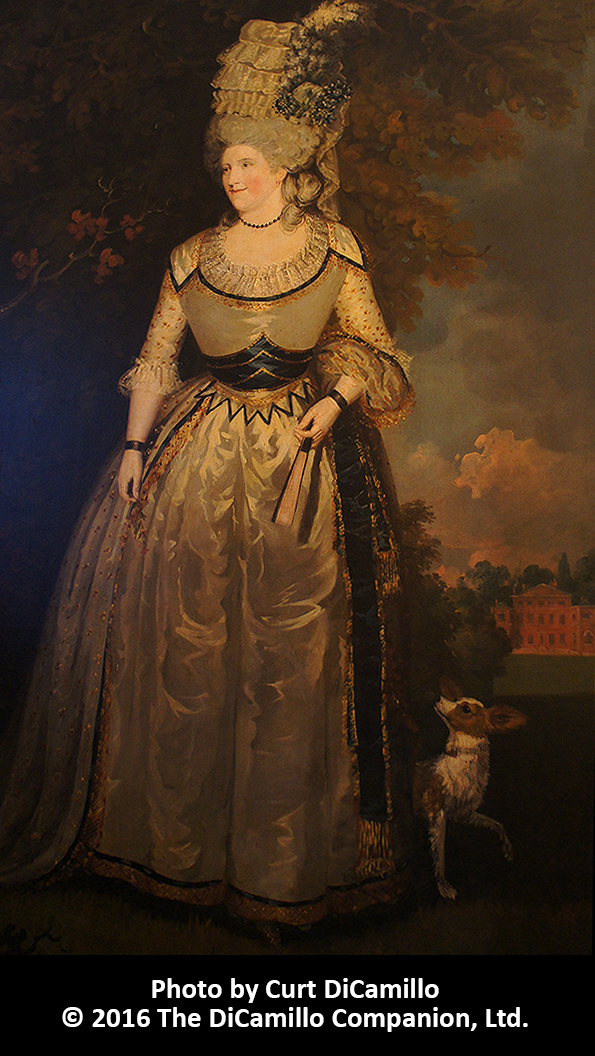
Portrait of Mary Eleanor Bowes in the collection of St. Paul's Walden Bury
Earlier Houses: There were probably a number of earlier buildings on, or near, the site of the current house. The St. Paul's Walden Bury Estate was originally a farm that belonged to St. Albans Abbey; during the Dissolution of the Monasteries the property was confiscated by Henry VIII and subsequently passed into private ownership.
House & Family History: In the early 18th century St. Paul's Walden Bury was the seat of Edward Gilbert; his only child, Mary, married John Bowes (who created the garden at Gibside, Tyne & Wear). Mary and John's daughter and sole heir, Mary Eleanor Bowes, married John Lyon, 9th Earl of Strathmore, in 1767 and the Estate has been the home of the Bowes-Lyon family ever since. The death in 1776 of the earl left the countess a young and wealthy widow. Mary Eleanor, sometimes referred to as "The Unhappy Countess," is famous for her subsequent entanglement with an Irishman by the name of Captain Andrew Robinson Stoney, from whom the expression "stone broke" is derived. The countess and Stoney had frequent clandestine meetings at the "Running Footman" (a copy of a classical statue of a gladiator) in the grounds of St. Paul's Walden Bury. Desperate to snag the rich young widow, Stoney, who was already married, schemed to secure her affection by pretending to fight a duel to defend her honor. The duel was to be with the editor of "The Morning Post," whose paper had been printing rumors about her affair with George Grey (the affair was fictional and Stoney had most likely written both sides of the correspondence himself). The duel took place in London and Stoney was seemingly mortally wounded; overwhelmed by his devotion to her, Mary Eleanor agreed to his dying wish and married him on the spot. It quickly became apparent that Stoney was quite unharmed; soon thereafter his harassment of her began when he discovered that all of Mary Eleanor's property would not belong to him without his wife's written consent. Stoney bullied and harassed Mary Eleanor, spent her fortune, and ruined the plantations of her northern estates at Gibside, but she stood firm and tried, unsuccessfully, to divorce him on the grounds of cruelty. Finally, on the afternoon of November 10, 1786, in a desperate attempt, Stoney had Mary Eleanor kidnapped from her coach in Oxford Street in London and had her carried by his accomplices to the north of England. It was a ten-day chase by stagecoach, as Mary Eleanor's friends were in pursuit. At one point Stoney held a gun to her head and demanded that Mary Eleanor drop the divorce suit; she refused. The Unhappy Countess successfully escaped in County Durham with the help of some farm workers. The story of Mary Eleanor's treatment, kidnapping, and subsequent escape was big news at the time; Stoney was caught and subsequently served time in debtor's prison (he had been using all of Mary Eleanor's money that he could lay his hands to pay his gambling debts). Mary Eleanor did not marry again. The experiences of Mary Eleanor inspired William Makepeace Thackeray's "The Luck of Barry Lyndon" (1844). This amazing woman was also a keen botanist; she arranged gatherings at St. Paul's Walden Bury of prominent flower painters of her day, started a collection of botanical books (some of which are still in the House), and commissioned the explorer William Paterson to collect exotic plants in South Africa. She purchased Stanley House (later the home of Sir William Hamilton) near the Chelsea Physic Garden in London and there built greenhouses and conservatories to house her exotic plants. In 1767 a new North Range of the House was constructed, very probably designed by James Paine, though Pevsner attributes it to Robert Adam. It is one room deep with a three-story centerpiece and has a pair of forward-standing two-story octagonal pavilions (there was very likely an earlier North Range in exactly the same spot). In 1887 the 14th Earl of Strathmore replaced the southern half of the House with the present building. During World War II the House was used as a hospital. St. Paul's Walden Bury was the childhood home of Her Late Majesty Queen Elizabeth The Queen Mother, who was born here.
Garden & Outbuildings: The garden is one of the best extant examples in the UK of a formal garden in the French style. Laid out about 1730, it was influenced by 17th century French architects, such as Le Notre, and is based on the classic patte d'oie (goose foot) design, in which avenues radiate from a focal point. Long avenues lead to temples, an artificial lake (created when the property belonged to St. Albans Abbey), and ponds. The garden comprises approximately 40 acres and includes a woodland garden, flower gardens, a terraced garden with a small temple, a ruin of a small brick orangery, and The Organ House, an octagonal pavilion from 1735. The garden has a fine collection of statuary, including a pair known as "The Wrestlers," possibly sculptured by John Nost, circa 1730; on the the right is a copy of Michelangelo's "Sampson and Two Philistines," while the left is a copy of Giambologna's "Hercules and Antaeus." The 18th century statue of Diana is an identical version of one that is in the collection of the Louvre. From Copped Hall are statues of sphinxes, said to be portraits of the mistresses of Louis XV. The 18th century statue of Venus and Adonis by Peter Scheemakers was installed in the garden in 1964; a companion piece by Laurent Delvaux is in the collection of the Victoria & Albert Museum. There is also a formal pond with a copy of a classical a warrior known as "The Running Footman" (where Mary Eleanor clandestinely met Captain Andrew Robinson Stoney). St. Paul's Walden Bury has two temples removed from other country houses and saved here: one by Sir William Chambers that was removed to St. Paul's Walden Bury in 1961 from Danson Park, Kent; and one designed by James Wyatt, which was removed in 1950 from Copped Hall, Essex (see "Images" section for photos of both temples).
Architect: Arthur Castings
Date: 1910-15Architect: Geoffrey Alan Jellicoe
Date: 1950Architect: William Oldham Chambers
Date: Circa 1770Architect: James Wyatt
Date: 18th centuryArchitect: Robert Adam
Date: 1767Architect: James Paine Sr.
Date: 1767Country Life: CXIX, 472, 1956.
Title: English Houses, 1200-1800: The Hertfordshire Evidence
Author: Smith, J.T.
Year Published: 1992
Reference: pg. 123
Publisher: London: Her Majesty's Stationery Office
ISBN: 0113000375
Book Type: Softback
Title: Biographical Dictionary of British Architects, 1600-1840, A - HARDBACK
Author: Colvin, Howard
Year Published: 2008
Reference: pgs. 243, 771
Publisher: New Haven: Yale University Press
ISBN: 9780300125085
Book Type: Hardback
Title: English Gardens in the Twentieth Century From the Archives of Country Life
Author: Richardson, Tim
Year Published: 2005
Reference: pg. 152
Publisher: London: Aurum Press
ISBN: 1845130715
Book Type: Hardback
Title: Gibside Guidebook
Author: NA
Year Published: 1999
Reference: pgs. 28-29
Publisher: London: The National Trust
ISBN: NA
Book Type: Light Softback
Title: Gardens - St. Paul's Walden Bury, The
Author: NA
Year Published: 1998
Reference: pgs. 3-9, 14
Publisher: NA
ISBN: NA
Book Type: Light Softback
Title: James Paine
Author: Leach, Peter
Year Published: 1988
Reference: pg. 207
Publisher: London: A. Zwemmer Ltd.
ISBN: 0302006028
Book Type: Hardback
House Listed: Grade I
Park Listed: Grade I
Current Seat / Home of: Sir Simon and Lady Bowes-Lyon
Past Seat / Home of: Edward Gilbert, 18th century. Mary Eleanor Bowes, Countess of Strathmore, 18th century; John Lyon-Bowes, 10th Earl of Strathmore and Kinghorne, 1776-1820; Thomas Lyon-Bowes, 11th Earl of Strathmore and Kinghorne, 1820-46; Thomas Lyon-Bowes, 12th Earl of Strathmore and Kinghorne, 1846-65; Claude Bowes-Lyon, 13th Earl of Strathmore and Kinghorne, 1865-1904; Claude George Bowes-Lyon, 14th and 1st Earl of Strathmore and Kinghorne, 1904-44; Patrick Bowes-Lyon, 15th and 2nd Earl of Strathmore and Kinghorne, 1944-49; Timothy Bowes-Lyon, 16th and 3rd Earl of Strathmore and Kinghorne, 1949-72.
Current Ownership Type: Individual / Family Trust
Primary Current Ownership Use: Private Home
House Open to Public: Grounds Only
Phone: 01438-871-218
Email: [email protected]
Website: https://www.stpaulswaldenbury.co.uk/
Historic Houses Member: No